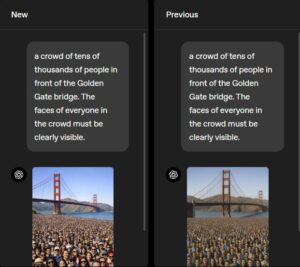Being a porter and delivering cargo from Point A to B doesn’t sound much like a fun game. But with the masterful world and character building talents of Hideo Kojima (creator of the Metal Gear series), even something that seems so mundane becomes an unforgettable experience and an emotional journey.
Death Stranding 2: On the Beach follows the events of the first game, where Sam Porter Bridges (played by Norman Reedus) successfully united the UCA (United Cities of America) following the apocalyptic Death Stranding event.
The eponymous metaphysical phenomenon causes the dead (known as Beached Things, or BTs) who are stuck on the Beach (akin to a purgatory realm) to leak into the living dimension and cause accelerated deterioration of anything that comes in contact with them, as well as explosive “void-outs” when in contact with a corpse. Death Stranding’s lore is wildly interesting but it took me some head-scratching and reading up to get it.
In Death Stranding 2, Sam is seeking a quiet new life with Baby Lou, the “Bridge Baby” who accompanied Sam for much of his adventures in the first game. However, when his old friend Fragile approaches him for help in reprising his porter role and connecting Mexico and Australia to the chiral network, he dons his boots again and joins her crew on board a tar diving ship, the DHV Magellan.
These boots are made for walking
Death Stranding 1 was often described as an open-world “walking simulator” due to its slow pace early in the game where you pretty much play Sam carrying stuff and walking from Point A to B while trying not to fall over.
The action picks up much faster in Death Stranding 2 even though the main and side missions are predominantly fetch quests, interspersed with some sneaking and combat. Death Stranding 2 continues to deal with heavy themes of death, grief and loss, which makes for an emotional experience.
In Death Stranding 2, Sam has to transport mission-critical cargo to various facilities spread across Mexico and Australia in order to connect them to the chiral network. While doing so, he has to fend off various types of enemies, including armed humans, armoured ghost mechs and creepy Beached Things (BTs) which are dark, shadowy entities that can capture or devour Sam and cause a cataclysmic explosion.
These foes require different weapons to deal with — humans should only be shot with non-lethal bullets as corpses can cause void-outs if they come into contact with BTs, while blood grenades and multi-purpose ammo are more effective against BTs.
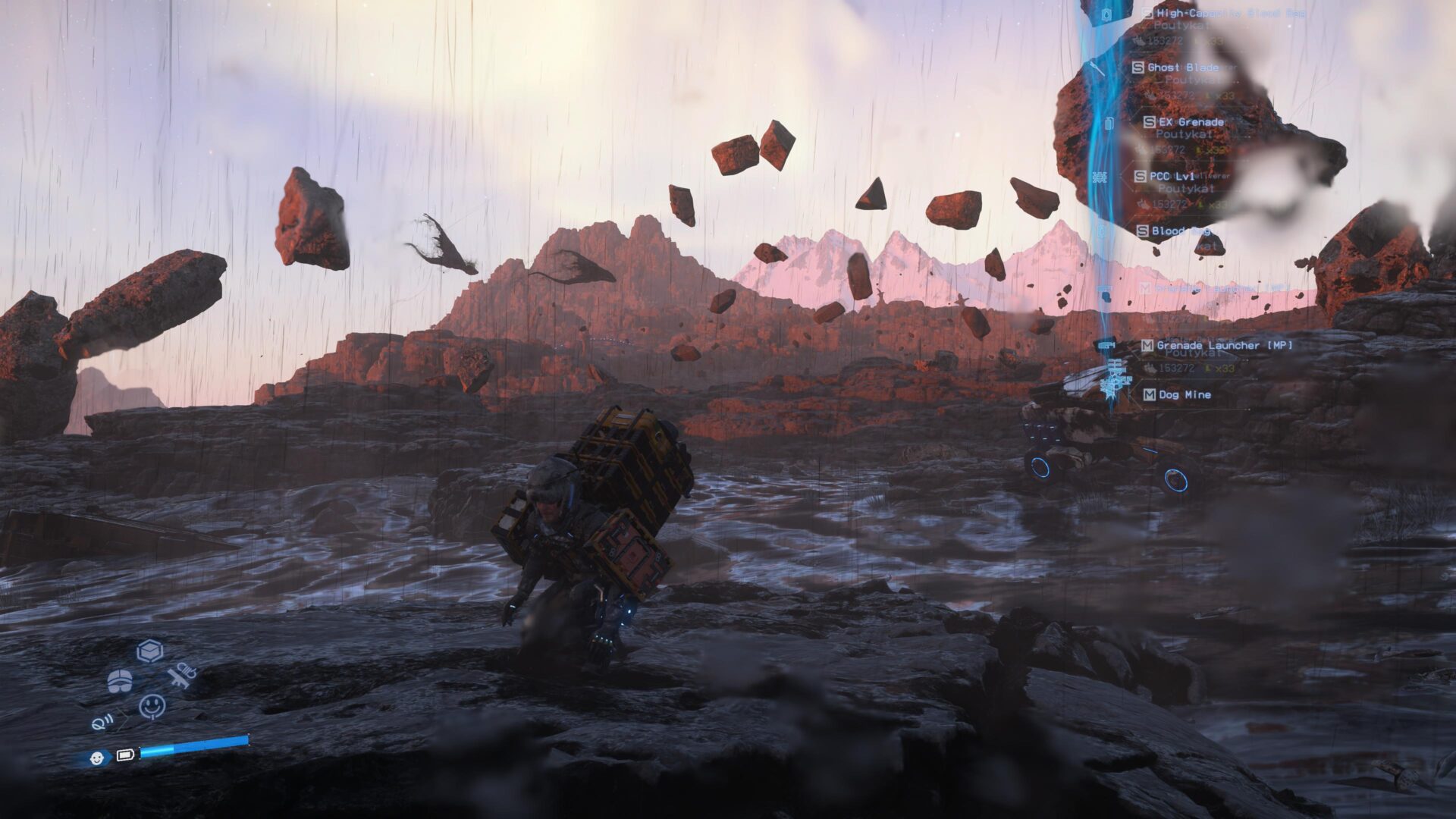
Apart from dealing with enemies, poor Sam also has to deal with environmental hazards like lightning, sandstorms and bush fires while being overburdened. The rain, known as timefall in the Death Stranding world, is a hazard as it corrodes anything that comes into contact with it, including cargo, structures and vehicles. Even gravity is an enemy, as Sam can easily lose his balance while traversing challenging terrain like steep mountains, deep snow and fast-flowing rivers that can damage his cargo.
Some cargo require extra care, such as a timed express delivery for perishables, fragile cargo that cannot take any damage, as well as cargo that cannot be submerged in water. There are occasions that Sam has to transport living humans and animals too, which pose a different kind of challenge.
Death Stranding 2’s multitude of difficulties make the early parts of the game a slog but it becomes a lot more enjoyable when vehicles, roads and monorails are available. Finding and transporting lost cargo becomes a lot easier with the upgraded off-road pickup vehicle that can automatically grab cargo littered around and stow them away.
With the DHV Magellan serving as a convenient mobile base and fast-travel vehicle for Sam, Death Stranding 2 has a lot more quality-of-life features that make it a lot less tedious than the first game.
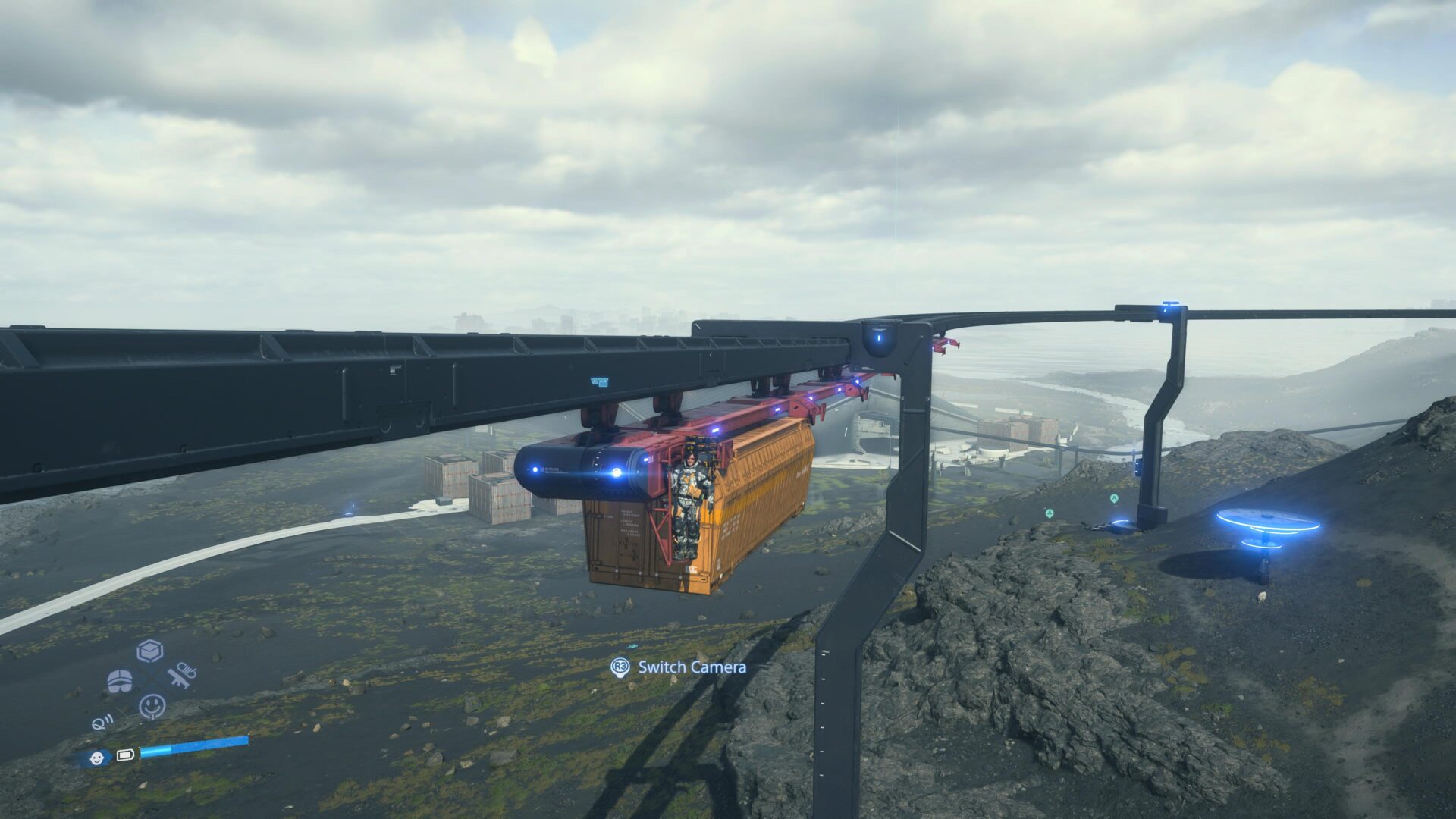
Breaking the monotony of the fetch quests are certain segments where Sam finds himself in a surreal nightmarish dreamscape where he has to gun down a mysterious person and uncover secrets of the past.
With mind-boggling time distortions, different dimensions and other metaphysical phenomena, Death Stranding 2’s story is at times overly complicated and convoluted with a very lengthy ending comprising multiple boss battles. But the emotional story, unexpected twists and engaging characters make the game hard to put down and keep you going.
You’ll never walk alone
Like the first game, Death Stranding 2 features a unique asynchronous multiplayer experience in which you don’t encounter other players directly, but interact with each other through the environment.
Players can help each other by leaving a well-placed ladder, contributing materials to build roads and monorails, as well as setting up structures like postboxes for storing items, shelters for protection, zip lines for quick traverses, watchtowers for enemy surveillance, charging stations for vehicles and safehouses for resting for those who come after.
Players can also communicate by putting up signs to warn or encourage other players, or request for aid. You can reward “likes” to objects, signs and messages left behind by other players and vice versa, which makes the game feel less lonely and more alive.
Gaining “likes” can boost Sam’s porter grade and level up on his skill tree for perks which can influence his combat and porter skills, quality of life and social media clout via the in-game Strand Social app.
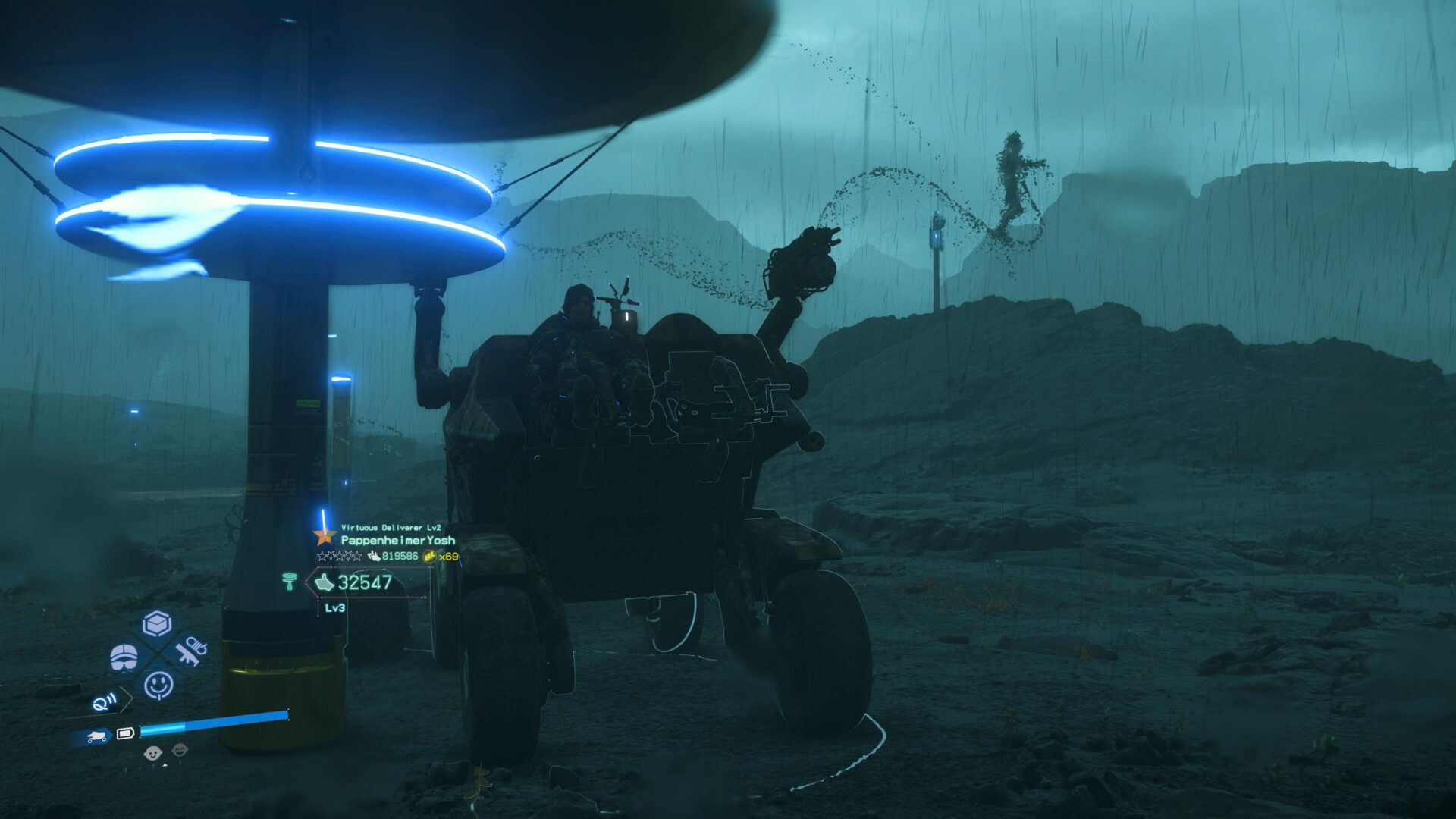
You can pick up loot, gear and vehicles left behind by others, and likewise leave items for other players. Once you are deemed too far away from your cargo or vehicles, they are available for other players to use.
In a pinch, you can also entrust cargo to other players who can deliver it for you, such as captured animals that cannot be transported via the DHV Magellan. Likewise, you can help other porters complete their deliveries and gain some “likes” in the process.
I really enjoyed this aspect of the game although it does break the immersiveness somewhat, with plenty of noisy signs and structures in the environment. But the sense of accomplishment in helping others and being at the receiving end of someone else’s deliberate or accidental charity is an immensely rewarding feeling. I have benefited from other players’ abandoned vehicles and shelters many times, which also makes me more generous in paying it forward.
Keep calm and carry on
As Sam links up more facilities to the chiral network by delivering essential cargo and activating the nodes, the residents will reward Sam with schematics of weapons, gear and upgrades to fabricate.
By completing more optional side quests for the facilities and delivering cargo in good condition, Sam can improve his rating from one to five stars and unlock better upgrades. These can really help Sam in lugging around loads of cargo and traversing difficult terrain, which makes the optional quests worthwhile albeit very time consuming.
Some examples of innovative gear include an external skeleton for Sam to increase his carrying capacity, a floating carrier to hold cargo that he can drag around, and even a floating coffin that he can ride like a surfboard.
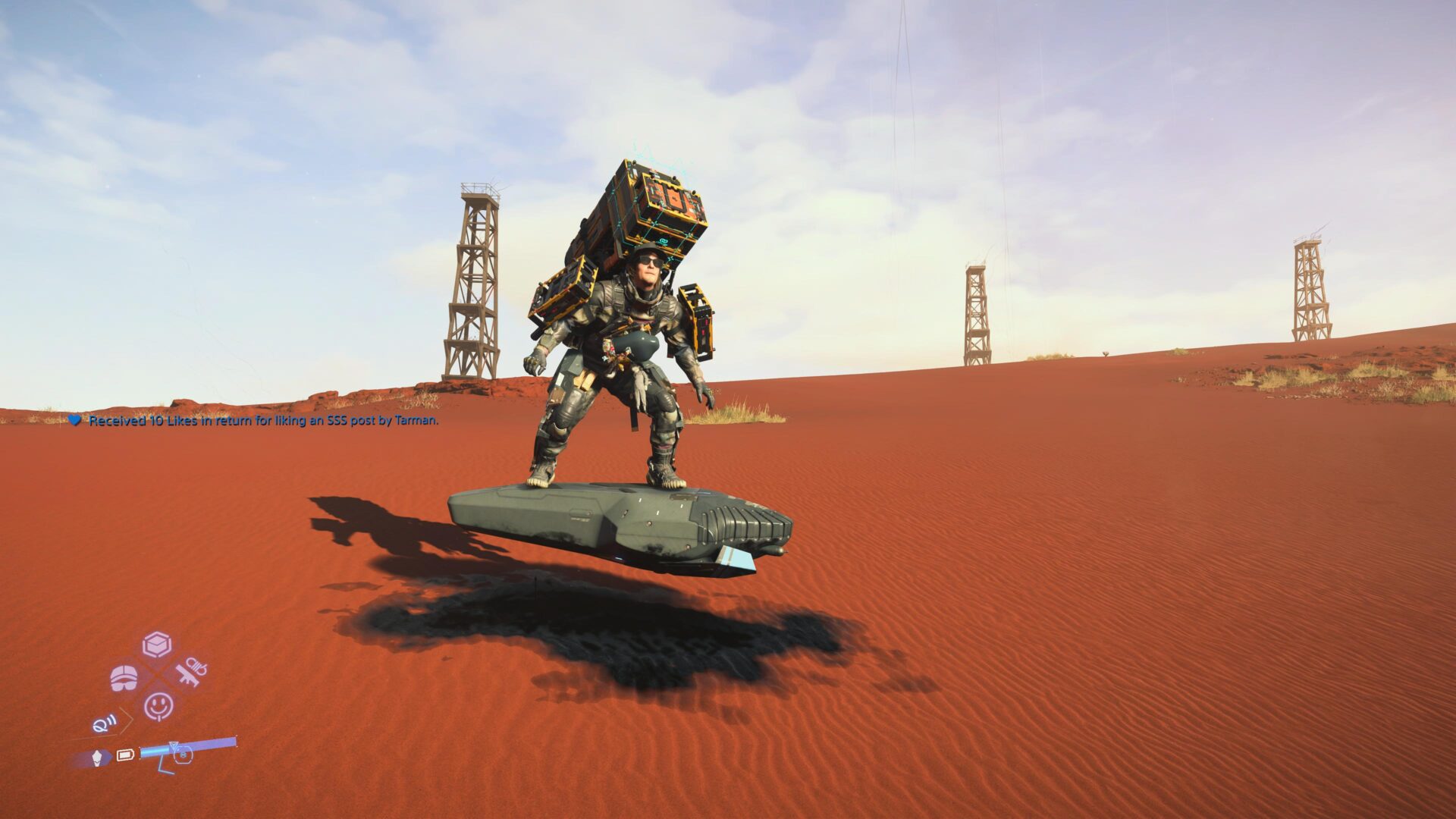
Since I am a packrat, I picked up lots of lost cargo and used DHV Magellan’s fast travel function to transport cargo hoping to save some time, However, that incurs a “Magellan evaluation” penalty, which severely reduces the rewards that Sam earns which makes it slower for Sam to level up his skills or unlock better gear.
I did find some aspects of the game very tedious, such as constantly micromanaging Sam’s cargo. I spent a lot of time constantly working out what should be placed where, what to bring and what gear to replace. Even when I want Sam to rest and shower, the prospect of parking his vehicle in a garage, stripping off all cargo, and having to repack everything before heading out again was quite a deterrent.
Stealth and melee combat are also annoyingly difficult when Sam is encumbered with stacks of containers on his back and limbs. Sam’s cargo, if stacked too high, can be damaged when he bumps into things, or cause him to lose his balance. For enemy camp infiltration missions, I opted to ditch Sam’s cargo before engaging, but that also means sacrificing some weapons and gear that he might need.
Despite Death Stranding 2’s gameplay being tedious and repetitive at times, there is also sufficient quirkiness and weirdness in the game that keeps things unexpected and interesting.
Think of a crew member’s winged tar cat, an NPC (non-playable character) in the form of an anime character that gives Sam a wearable that makes him go “peko!”, an electric guitar showdown, a weapon in the form of a pizza, as well as incongruous song and dance sequences.
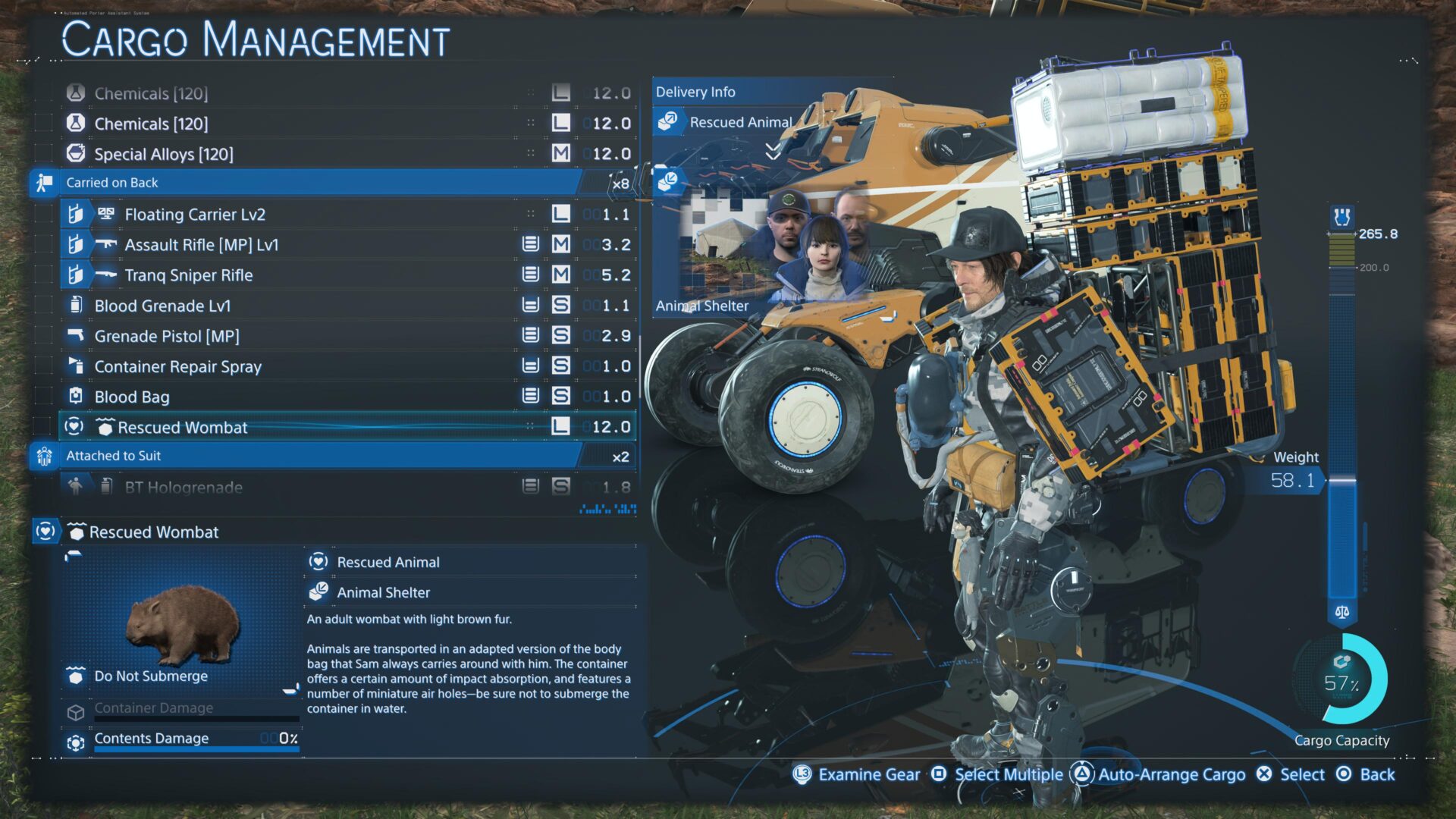
With a huge map to explore, Death Stranding 2 is a lengthy game where the main story took me over 80 hours to complete. I didn’t even discover all the facilities nor achieve five-star ratings for most of them, and only managed to build a smattering of monorails and roads, with a bunch of lost cargo still undelivered and many side quests incomplete.
Even after the game was over, I found myself going back to complete the monorails and deliver lost cargo to NPCs. Although there is less use for the perks and gear after the main story is done, it is still inexplicably fulfilling to return lost items to their rightful owners.
Beauty is more than skin deep
Death Stranding 2’s amazingly realistic and lifelike graphics sets a high bar, and excels even the standards of the first game where Sam’s skin and complexion looked rather waxy. But in Death Stranding 2, you can see blemishes on his face, realistic facial hair and the fluidity of blood and tar on Sam’s skin, and even see goosebumps on his skin when he takes a cold shower.
Close-up sequences also show the amazing motion capture and CGI graphics where tears can be seen welling in the eyes of the characters, which makes for a heart-wrenching and emotional experience.
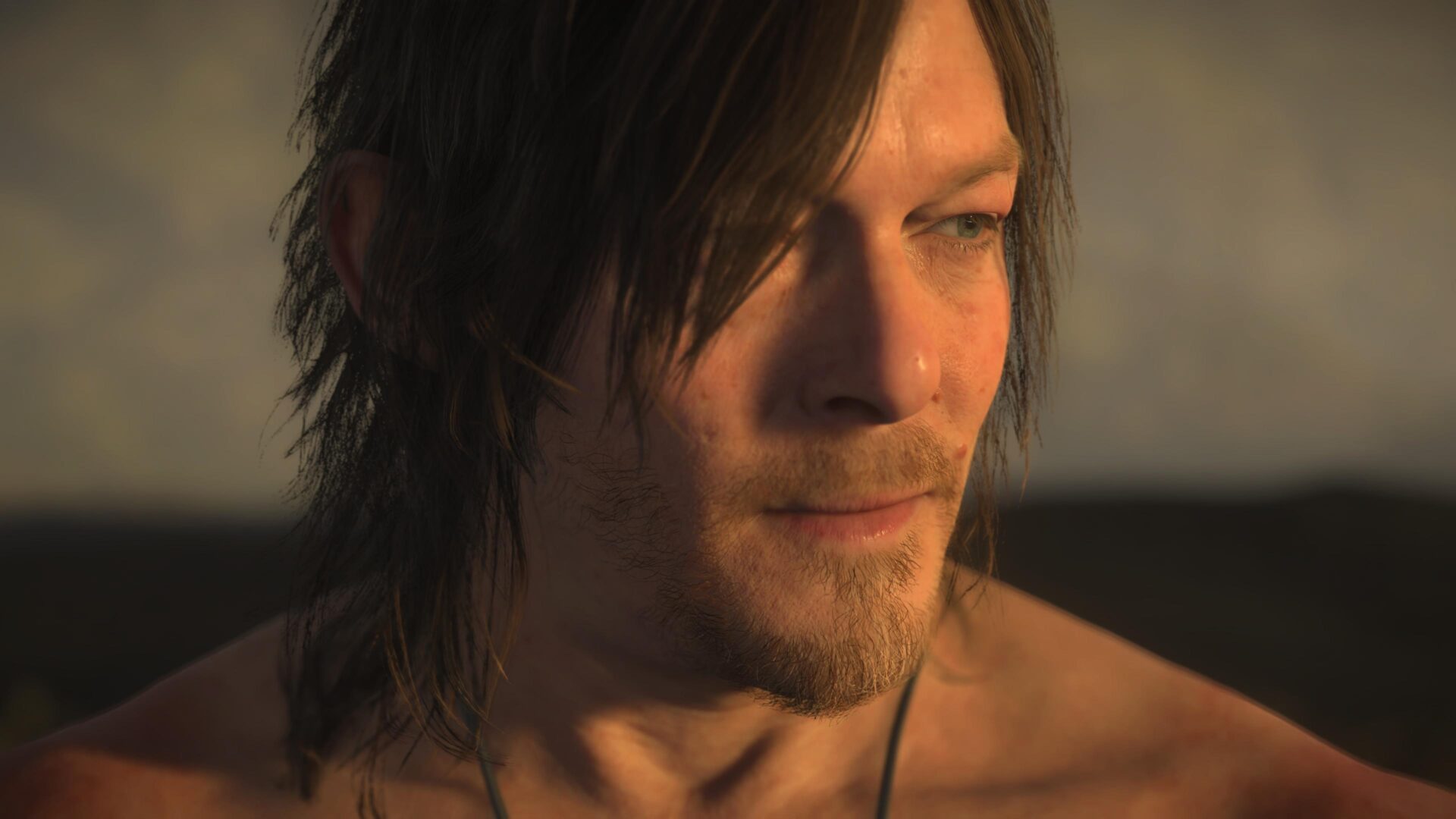
Featuring A-list artistes, including Norman Reedus (The Walking Dead series), Elle Fanning (Maleficent), Guillermo del Toro (Pan’s Labyrinth) and Troy Baker (The Last of Us), Death Stranding 2’s superbly detailed motion capture ensures that their acting talents are not wasted. The game’s lengthy and luxurious cinematic cutscenes are breathtaking in both its surreal beauty and emotional depth.
That said, the detailed characters are not the only thing to ogle at. Death Stranding 2’s varied landscape that features snow, sand, ruined buildings, viscous tar and copious timefall rain as well as night and day cycles are worthy of admiration. And even though it fills me with dread, areas haunted by BTs with blood red fog, gloomy lighting and unearthly growls are extremely immersive in a dreadfully creepy way.
Outside of BT infested areas, peaceful sequences with Sam walking or driving in the desolate lands of Mexico and Australia are accompanied by an ethereal soundtrack featuring licensed music tracks by musicians like Woodkid, Low Roar and Chvrches.
However, the song that stuck with me the longest is BJ Thomas’s “Raindrops keep falling on my head“ that is deeply connected with one of the characters and is heavily featured in the game.
Apart from the strolling and driving music tracks, Death Stranding 2’s dramatic and haunting score strikes an emotional chord especially in pivotal moments in the story, which creates a lasting impression.
TL;DR
Death Stranding 2 is a game to be experienced, with a seemingly mundane gameplay premise bolstered by a mind-bending story, engaging characters and superb visuals. It manages to be well-balanced in being scary and satisfying, lonely yet connected, emotional yet quirky all in the same game.
However, it does get rather cerebral with themes of death, grief and loss, so it may not be a game for those looking for fast-paced action or who get bored with lengthy expositions. Also, the constant micromanaging of cargo and repetitive fetch quests does get rather tedious at times.
Death Stranding 2’s unique asynchronous multiplayer mode and in-game social media brilliantly balances out Sam’s lonely travels with a community that supports him. The strong cast of A-list artistes, dramatic soundtrack and stunning visuals continues the strong cinematic tradition of Hideo Kojima’s franchise.
Although the story is pretty much done after the first playthrough, completists will have a field day in trying to achieve five-star ratings for all facilities, deliver more lost cargo, build roads and monorails and explore the world. With plenty to explore and interesting characters to meet, be prepared to spend well over 100 hours in the game.
Death Stranding 2 is available for the PlayStation 5 at the PlayStation store at S$97.90.





